Zebras might look like they’re just funky horses in fancy outfits, but there’s so much more going on behind those stripes.
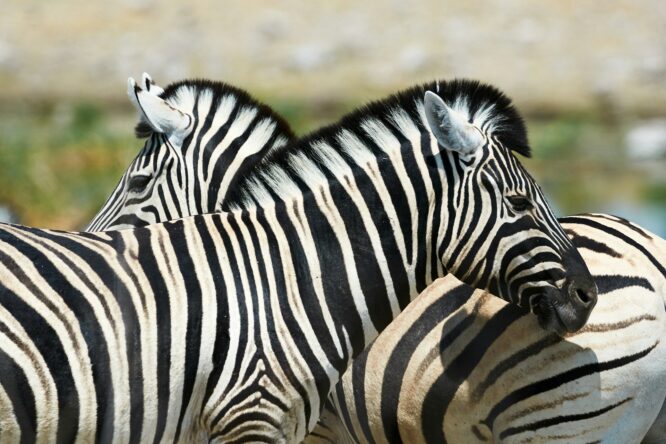
While you probably haven’t given much thought to why zebras in particular might be so special, they’re actually some of the coolest animals out there. If you’re someone who appreciates wildlife and loves learning new facts about them, these ones will really blow your mind (or at least make you think, “Hey, that’s class!”).
1. No two zebras have the same stripe pattern.
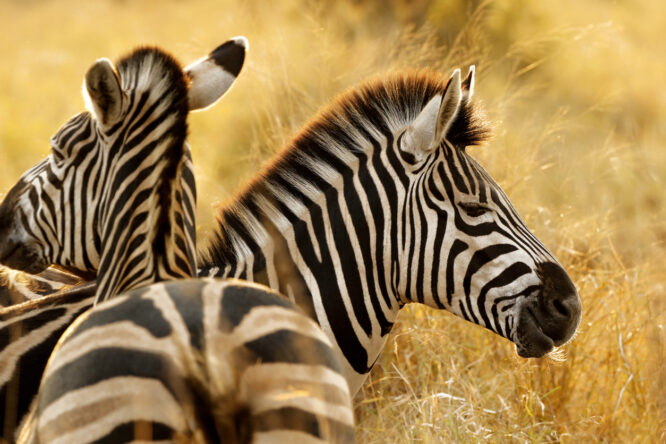
Much like human fingerprints, every zebra’s stripe pattern is completely unique. You could have an entire field full of zebras and not find two that match, even if you stared for hours. Scientists believe these patterns help zebras recognise each other out in the wild, which is actually pretty sweet when you think about it. It’s like their very own built-in name tag that’s a million times cooler than anything you’d wear at a conference.
Some researchers even think the stripe variations might help mothers identify their babies quickly when herds get busy. When you live in a world full of nearly identical animals, it’s important to have something that sets you apart. Stripes aren’t just a style statement; they’re essential for survival and social bonding. Honestly, nature really went all out designing these guys.
2. Zebras’ stripes might act like natural bug repellent.
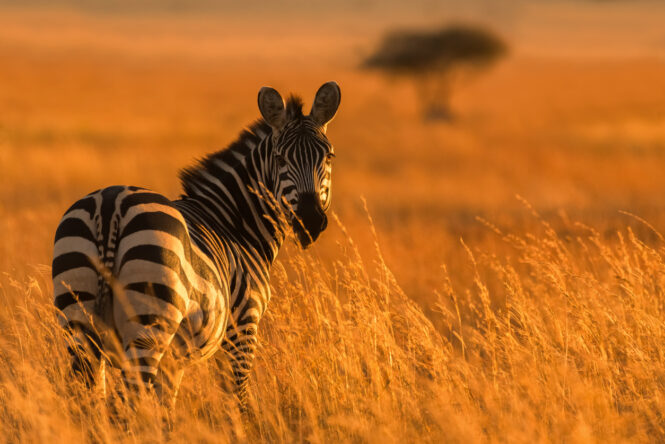
It turns out zebras aren’t just dressing fancy for no reason. Those stripes could actually keep nasty insects at bay. Studies suggest the black-and-white pattern confuses biting flies, making it harder for them to land properly. If you’ve ever spent a summer evening swatting at mosquitoes, you’ll know just how much of a superpower that really is. Zebras basically invented anti-bug fashion long before humans came up with citronella candles.
Researchers have even tried dressing horses up in striped coats to see if it worked, and spoiler alert: it did. The horses got bitten less when wearing stripes, proving zebras were onto something all along. It’s like an all-natural, all-the-time bug shield that just happens to look effortlessly stylish too. Who knew looking good could literally save your skin?
3. They can sleep standing up.
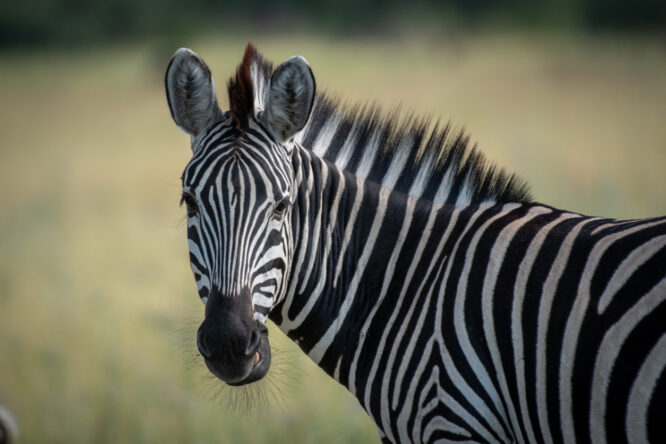
In the wild, lying down to have a nap isn’t always the safest move, which is why zebras have perfected the art of sleeping while standing up. They’ve evolved special locking joints in their legs that let them snooze without collapsing. It’s basically the ultimate lazy survival hack, allowing them to rest and stay alert all at once. If danger shows up, they can bolt in seconds flat.
That said, zebras do sometimes lie down for deeper sleep when they’re feeling safe, like in a tightly packed herd. It’s the animal equivalent of switching from a quick nap to a full-blown duvet day. Knowing how to switch between power naps and proper snoozes makes zebras the ultimate multitaskers when it comes to staying alive and catching some Zs.
4. Zebras are surprisingly fast runners.
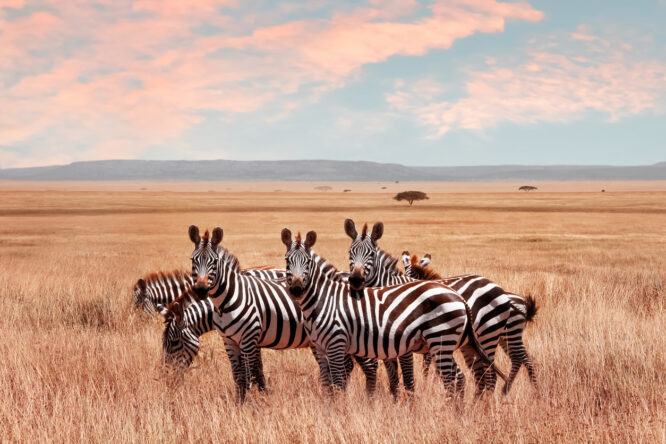
At first glance, you might not guess that zebras are built for speed, but they absolutely are. They can reach speeds up to 40 miles per hour when they need to outrun a predator. Plus, they’re not just fast in a straight line; they’ve mastered the art of sharp, unpredictable turns that leave hungry lions looking clumsy and confused. It’s basically high-stakes parkour in the middle of the savanna.
And they don’t run alone, either. Zebras often stick together while fleeing, moving in a zigzagging mass that makes it even harder for predators to single out one target. Safety in numbers is a big deal for them. It’s like a chaotic but beautiful dance, and somehow, it usually works in their favour. Turns out, stripes aren’t the only thing making zebras hard to catch.
5. They’re actually pretty noisy.
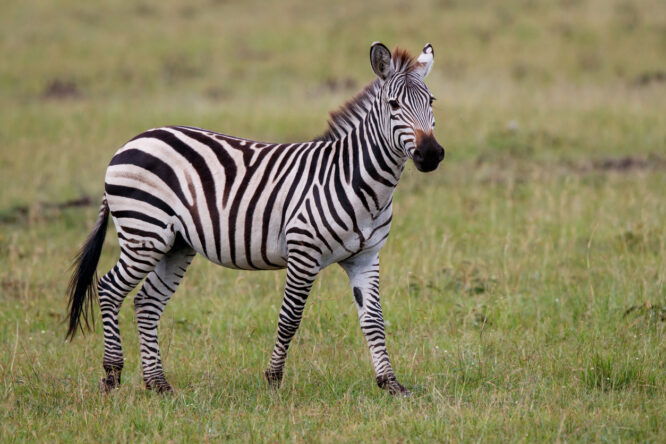
If you thought zebras were the silent types, think again. They’re surprisingly vocal, using a whole range of sounds to communicate with each other. They bark when alarmed, whinny to locate friends, and snort when they’re just feeling a little impatient. Each sound carries a different meaning, making zebra conversations a lot more interesting than you might expect.
Some of their calls travel quite far across the grasslands, too, letting distant herd members stay in touch. If you ever visit a place where zebras roam free, you might be surprised at just how chatty they are. It’s not all peaceful grazing and pretty stripes. It’s a lively, noisy community full of gossip, warnings, and maybe even the odd zebra argument.
6. Baby zebras are born with brown and white stripes.
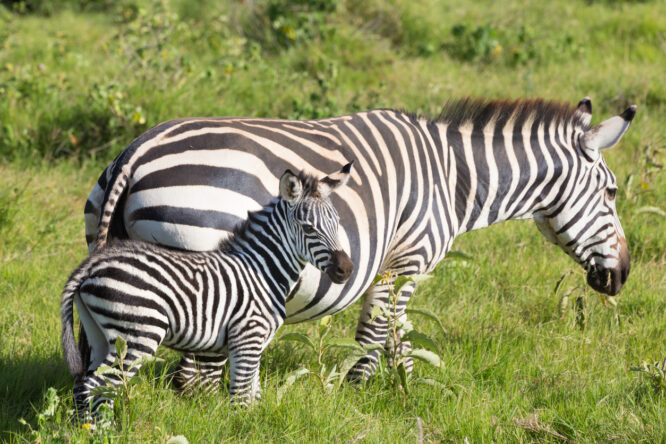
Baby zebras, known as foals, don’t pop out looking like perfect black-and-white models straight away. When they’re born, their stripes are actually a soft brown colour that darkens as they grow older. It gives them a slightly fuzzy, chocolatey look that’s seriously cute and a little unexpected if you’ve only seen adult zebras before.
Scientists think the softer colouring might help young zebras blend into the dry grasses where they’re born, offering a bit more camouflage when they’re at their most vulnerable. It’s just one more clever trick that nature has tucked into the zebra’s bag of survival skills. Plus, it’s basically proof that even zebras go through an awkward “baby photo” phase.
7. Zebras are incredibly social animals.

Zebras are big fans of teamwork. They live in small family groups called harems, led by a dominant male, and several harems often join together to form massive herds. In the wild, there’s safety in numbers, and for zebras, socialising isn’t just for fun, it’s a key survival tactic. Friends who graze together, stay together!
Within these groups, zebras form close bonds, grooming each other, playing, and even standing guard while others sleep. They’re not just stripy acquaintances; they’re full-on besties with a strong sense of loyalty. If one zebra gets in trouble, you’ll often see others rushing to help, kicking and biting to defend their mate. True friendship goals, right?
8. Their coats help regulate their body temperature.
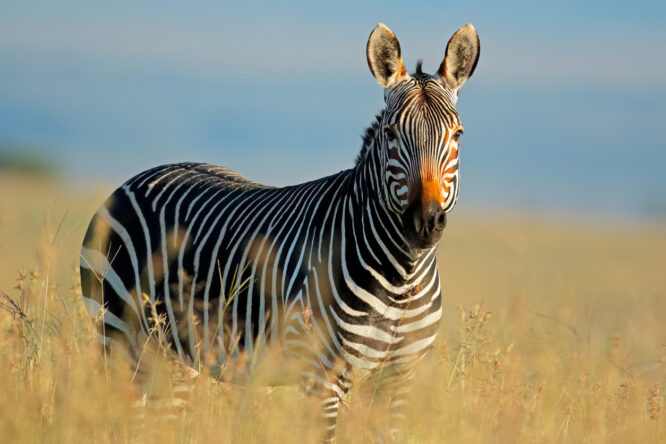
Aside from confusing bugs and looking gorgeous, those striking stripes serve another clever purpose: temperature control. Some scientists believe the black and white patterns create tiny air currents that help cool the zebra down under the hot African sun. It’s like wearing a high-tech sports jersey… without needing to hit the shops.
Their bodies can also raise or lower the tiny hairs in black versus white areas to control how much heat they absorb. It’s an incredible built-in cooling system that would make any engineer jealous. Honestly, zebras should get way more credit for basically inventing wearable air conditioning.
9. They can kick with deadly accuracy.
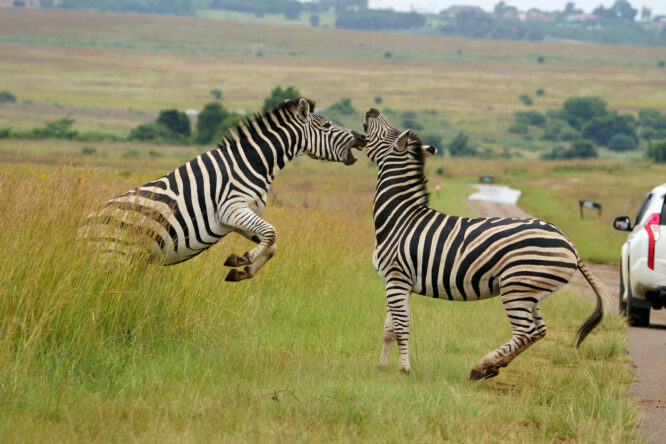
Zebras might look all peace and grazing from afar, but mess with one, and you could get a serious wake-up call. Their back legs are ridiculously strong, and they can kick with enough force to break a lion’s jaw. They’re basically packing hidden superpowers behind that stripy exterior.
In fact, a well-aimed kick is often enough to send predators running for the hills, nursing some bruised pride. It’s no wonder predators think twice before taking one on. Zebras are a reminder that just because something looks graceful doesn’t mean it won’t land a knockout punch when it needs to.
10. Zebras have excellent memories.
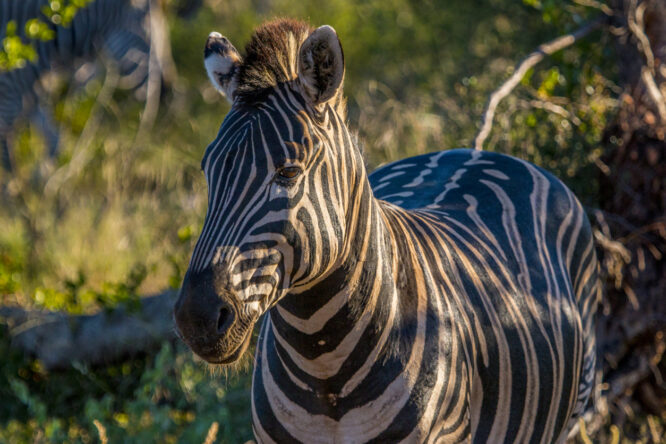
Having a good memory is crucial when you live somewhere full of predators and changing seasons. Zebras are brilliant at remembering where the best grazing areas and waterholes are, even across huge distances. Their sharp memory is one of the reasons they’re able to survive long migrations and unpredictable conditions.
They’re also thought to remember fellow herd members and recognise faces over long periods of time. So if a zebra remembers you giving it the stink eye years ago… it’s probably still holding onto that little nugget of information. They don’t just survive; they remember who helped, who hurt, and where the snacks were.
11. They can see in colour.

Unlike some animals that see a dull grey world, zebras enjoy a splash of colour in their lives. Their colour vision isn’t exactly the same as ours, but it’s definitely better than black-and-white TV levels. Seeing colour gives them an edge when it comes to spotting predators sneaking around in the grass.
It also probably makes their social world more vivid and lively. Imagine living in a sea of black and white stripes, but still catching flashes of green grass and golden sunsets. It’s a small reminder that even in tough conditions, beauty and colour still find a way to break through.
12. Zebras sometimes crossbreed with other species.

Meet the zorse, the zonkey, and other fabulously named zebra hybrids! When zebras crossbreed with horses or donkeys, usually in captivity, they create some truly unique-looking animals. The results are usually part solid colour, part stripes, and entirely adorable (and a little chaotic looking, if we’re honest).
These hybrids often inherit the stubbornness of a zebra and the strength of a horse or donkey, making them not exactly easy to train. They’re fascinating to look at, though, and a reminder of how wonderfully weird nature can be when different species mix their magic together.
13. Some zebras migrate hundreds of miles each year.

In places like Botswana, zebras undertake epic migrations that can stretch hundreds of miles each year. They move between dry and wet season grazing grounds, following invisible trails passed down through generations. It’s one of the longest land migrations recorded for any animal in Africa.
These journeys aren’t exactly strolls through the park. Zebras face drought, predators, and rough terrain along the way. But year after year, they set off together, trusting their instincts and memories to guide them. It’s a reminder of just how resilient and determined these animals truly are underneath all those pretty stripes.
14. Zebras are closer to wild horses than domesticated ones.

Despite looking like they could slot into a pony club, zebras are firmly on the wild side of the family tree. Their stubborn, skittish nature has made domestication pretty much impossible. People have tried throughout history, but zebras are having none of it. They’re far too independent to trade freedom for a saddle.
In a way, it’s kind of perfect. Zebras are meant to roam free, sprint through grasslands, and live life on their own terms. They’re a little wild, a little rebellious, and totally themselves, which, let’s be honest, makes them even more lovable.




